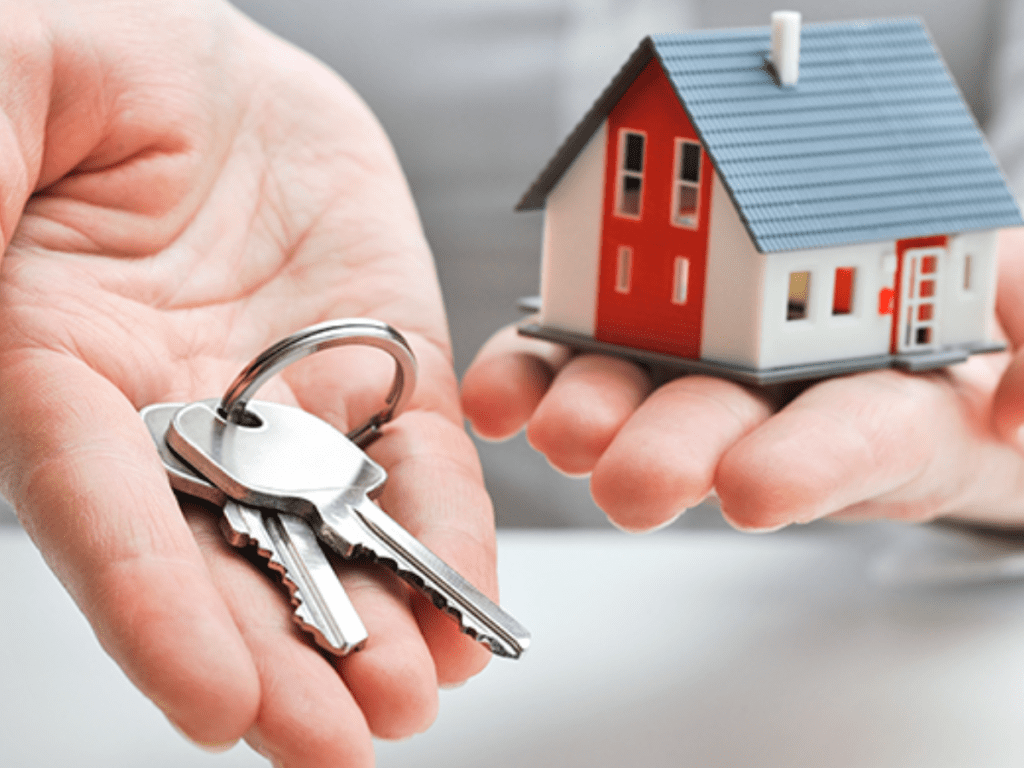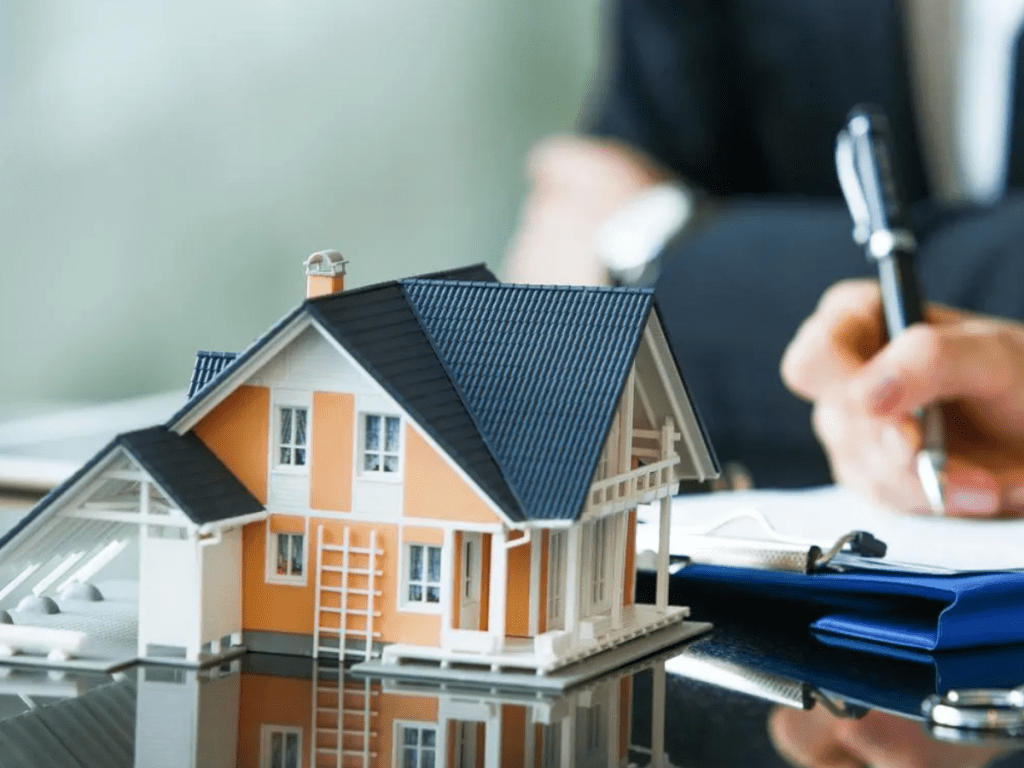Introduction
When most people think of buying a home, the first thing that comes to mind is the mortgage. The monthly payments, interest rates, and the term of the loan seem to dominate the decision-making process. However, the true cost of owning a home extends far beyond just the mortgage. Homebuyers, especially those who are borrowing through home loans, need to consider a variety of factors that can significantly impact their finances over the years.
Owning a home is often viewed as one of the most significant financial investments a person will make in their lifetime. While a mortgage can provide a pathway to homeownership, it’s essential to understand the full financial picture before taking on such a commitment. Let’s take a closer look at the various hidden costs that homebuyers should factor in before making a decision.
1. Property Taxes
Property taxes are one of the most significant ongoing costs that homebuyers overlook. Property taxes are typically paid annually, but they can be broken down into monthly payments as part of a mortgage. These taxes are based on the assessed value of your home, which is determined by your local government. In many cases, property taxes can increase over time, especially if property values rise in your area.
The amount of property tax you pay depends on where you live. Some areas may have high property taxes, while others have lower rates. Property taxes can range from a few hundred dollars annually to several thousand dollars, depending on the value of your home and local tax rates.
Before buying a home, it’s essential to research the property tax rates in your area. Websites for local government offices often provide property tax information, and your real estate agent can give you an estimate based on the home you are interested in. Additionally, some areas may have special assessments or additional taxes for things like schools, infrastructure, or local services that could add to your costs.
2. Homeowners Insurance
Another essential but often overlooked cost of homeownership is homeowners insurance. This insurance protects you against damage to your home from natural disasters, accidents, theft, and other unexpected events. While mortgage lenders typically require homeowners insurance as a condition of the loan, it’s crucial to understand that this is an ongoing expense you’ll need to budget for every year.
The cost of homeowners insurance can vary widely based on a variety of factors, including the value of your home, the location, the age of the property, and the type of coverage you choose. For example, homes in areas prone to natural disasters like floods, earthquakes, or wildfires may have higher insurance premiums. Additionally, the more coverage you need, such as for personal belongings or liability protection, the higher your premiums will be.
Homeowners insurance typically ranges from a few hundred dollars to several thousand dollars annually, depending on the factors mentioned above. It’s important to shop around and get quotes from different insurance companies to find the best deal. Don’t forget to review your policy regularly to ensure it covers any changes to your home or belongings.
3. Home Maintenance and Repairs
One of the most significant long-term costs of owning a home is maintenance and repairs. Unlike renting, where the landlord is usually responsible for repairs, homeowners are solely responsible for maintaining their property and fixing any issues that arise. While some maintenance tasks are predictable, others can come as a surprise.
Routine maintenance includes things like cleaning gutters, changing air filters, maintaining your HVAC system, and painting. These tasks help prevent bigger issues from arising, and while they are not always expensive, they can add up over time.
In addition to routine maintenance, unexpected repairs can be costly. From a broken furnace to a leaking roof or plumbing problems, the costs of repairs can quickly exceed your budget. It’s wise to set aside a home repair fund for these unexpected expenses. Many financial experts recommend saving 1% to 2% of your home’s value each year for maintenance and repairs.
Some repairs can also be more expensive, especially if your home is older or has outdated systems. Replacing a roof, installing new plumbing, or upgrading electrical systems can cost thousands of dollars. It’s important to keep these potential costs in mind when budgeting for homeownership.
4. Utilities
The cost of utilities is another ongoing expense that homebuyers often overlook when calculating the true cost of homeownership. Utilities include things like electricity, gas, water, trash removal, and sewer services. The cost of utilities can vary significantly based on the size of your home, the number of people living in it, and the climate of your area.
For example, homes in colder climates may have higher heating bills during the winter, while homes in warmer climates may have higher cooling costs during the summer. Additionally, homes with older, inefficient appliances or poor insulation may have higher energy bills. New homes may have more energy-efficient systems, but they will still require regular utility payments.
Utility costs can also increase over time, especially as rates rise or as your usage increases. It’s a good idea to check with local utility providers to get an estimate of average costs for homes in your area before making a purchase.
5. Homeowners Association (HOA) Fees
Many communities, especially those in planned developments, charge homeowners association (HOA) fees. These fees are used to maintain common areas, such as parks, sidewalks, and swimming pools, and to fund community amenities. HOA fees can vary widely depending on the services and amenities provided, as well as the size of the community.
While HOA fees can provide benefits such as maintained landscaping and access to shared facilities, they are an additional cost that homeowners need to consider. These fees can range from a few hundred dollars per year to several thousand dollars annually, depending on the community.
Before purchasing a home in a community with an HOA, it’s essential to find out what the fees are and what services are included. Additionally, some HOAs have rules and regulations that homeowners must follow, which could affect how you can use your property. Be sure to review the HOA’s bylaws and financial documents before making a commitment.
6. Closing Costs
While closing costs are often discussed during the homebuying process, many homebuyers fail to fully grasp how much they will need to pay at the closing table. Closing costs include a variety of fees related to the purchase of the home, such as appraisal fees, inspection fees, title insurance, and attorney fees (if applicable). These costs can add up quickly and are usually due at the time of closing.
On average, closing costs range from 2% to 5% of the home’s purchase price. For example, if you are buying a home for $300,000, closing costs could range from $6,000 to $15,000. While these costs can vary based on location, lender, and type of loan, it’s important to budget for them as part of your overall homebuying expenses.
Some buyers may be able to negotiate for the seller to cover some of the closing costs, but this is not always the case. Make sure you understand the full cost of closing before signing on the dotted line.
7. Interest on Your Mortgage
While interest on your mortgage is typically included in your monthly payment, it’s important to remember that the total interest you’ll pay over the life of your loan can be substantial. Mortgage interest can add tens of thousands of dollars to the total cost of your home, depending on the size of your loan and the interest rate.
For example, on a 30-year mortgage, the total interest paid over the life of the loan can be nearly as much as the original loan amount. While you may focus on your monthly payment, it’s important to consider the long-term impact of the interest.
Refinancing your mortgage or paying down your loan faster can help reduce the amount of interest you pay over time. However, it’s important to carefully evaluate the pros and cons of refinancing before making a decision.
8. Depreciation and Property Value Fluctuations
Finally, while owning a home can be a good investment, it’s essential to recognize that property values can fluctuate over time. Economic conditions, changes in the local real estate market, and other factors can cause the value of your home to rise or fall.
In some cases, you may find that your home’s value decreases, especially if the housing market experiences a downturn. If you decide to sell your home in a down market, you may have to sell at a loss. It’s important to keep in mind that homeownership is a long-term investment, and property values can fluctuate over the years.
However, if you stay in the home long enough, the property may appreciate, and you could make a profit when you sell. Homeownership can be a good way to build wealth over time, but it’s essential to understand the risks involved.
Conclusion
Owning a home is a major financial commitment that requires careful consideration of the true costs beyond just the mortgage. While the mortgage may be the most significant monthly expense, homeowners must also factor in property taxes, homeowners insurance, maintenance, utilities, HOA fees, and other hidden costs. By understanding the full financial picture, homebuyers can make informed decisions and avoid unexpected financial burdens.

